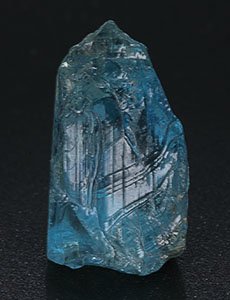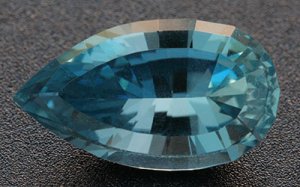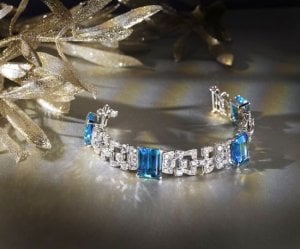zeolite
Brilliant_Rock
- Joined
- Aug 13, 2008
- Messages
- 619
I bought this VERY expensive aquamarine crystal 14 years ago, and have ever since been aging it like a fine wine. I was convinced that I had overpaid for this crystal, and that the cut stone would be worth considerably less than I paid for the crystal. Buying rough, especially very expensive rough, is full of risk. This picture was taken about a week ago.









300x240.png)